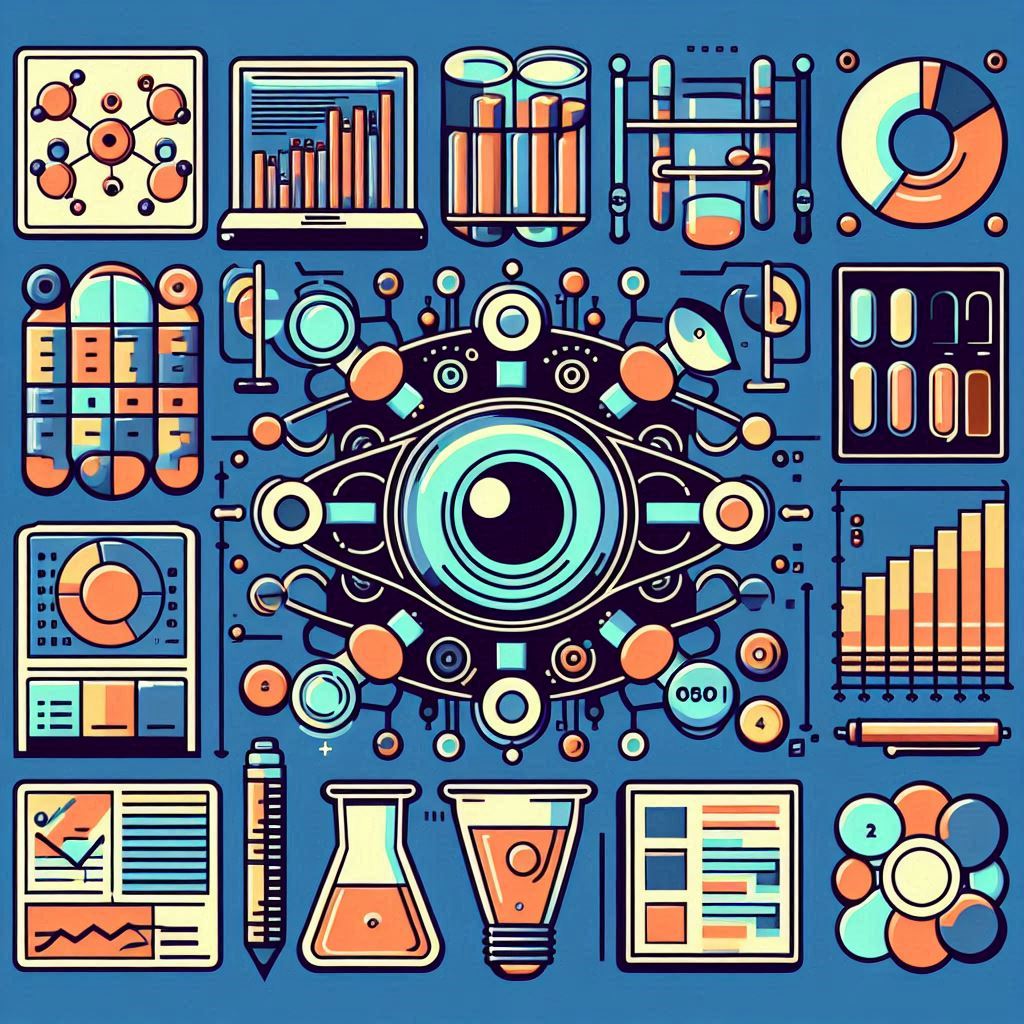Introduction
Predictive analytics is a game-changer in today’s data-driven world. By leveraging historical data, advanced statistical algorithms, and machine learning techniques, businesses can predict future trends and make proactive decisions. This article delves into the core techniques, applications, and benefits of predictive analytics, providing a comprehensive guide for professionals looking to harness its power.
What is Predictive Analytics?
Predictive analytics is the process of using data, statistical algorithms, and machine learning techniques to identify the likelihood of future outcomes based on historical data. It goes beyond simple data analysis by providing actionable insights that help organizations anticipate future events and trends.
Key Differentiators:
- Descriptive Analytics: What happened?
- Diagnostic Analytics: Why did it happen?
- Predictive Analytics: What is likely to happen?
- Prescriptive Analytics: What should we do about it?
Predictive analytics focuses on forecasting future events, trends, and behaviors, enabling businesses to make informed decisions and optimize their strategies.
Key Techniques in Predictive Analytics
Statistical Techniques
1. Regression Analysis: Regression analysis is used to identify the relationship between dependent and independent variables. It helps predict outcomes such as sales forecasts, risk assessments, and price estimations.
- Linear Regression: Used for predicting continuous variables.
- Logistic Regression: Used for binary classification problems.
2. Time Series Analysis: Time series analysis involves analyzing data points collected or recorded at specific time intervals. It is crucial for forecasting future values such as stock prices, economic indicators, and product demand.
Machine Learning Techniques
1. Decision Trees: Decision trees are flowchart-like structures that use a branching method to illustrate every possible outcome of a decision. They are widely used for classification and regression tasks.
2. Neural Networks: Neural networks mimic the human brain’s neural structure and are used for complex pattern recognition. They excel in tasks such as image and speech recognition, and predictive maintenance.
3. Support Vector Machines (SVM): SVMs are supervised learning models that analyze data for classification and regression analysis. They are effective in high-dimensional spaces and complex datasets.
Data Mining Techniques
1. Clustering: Clustering involves grouping a set of objects in such a way that objects in the same group (cluster) are more similar to each other than to those in other groups. Applications include market segmentation and anomaly detection.
2. Association Rule Learning: This technique is used to discover interesting relations between variables in large databases. It is commonly used in market basket analysis to find product associations and improve cross-selling strategies.
Applications of Predictive Analytics
1. Marketing:
- Customer Segmentation: By analyzing customer data, businesses can segment customers into distinct groups and target them with personalized marketing strategies.
- Campaign Effectiveness: Predictive models can evaluate past campaign performance and optimize future marketing efforts.
2. Finance:
- Credit Scoring: Financial institutions use predictive analytics to assess the creditworthiness of applicants and reduce default risks.
- Fraud Detection: Predictive models identify unusual patterns and flag potentially fraudulent transactions in real-time.
3. Healthcare:
- Patient Outcome Predictions: Predictive analytics helps forecast patient outcomes, enabling healthcare providers to tailor treatment plans.
- Disease Outbreak Prediction: Predictive models can anticipate disease outbreaks, allowing for timely interventions and resource allocation.
4. Operations:
- Demand Forecasting: Businesses can use predictive analytics to forecast product demand, optimize inventory levels, and reduce stockouts.
- Supply Chain Optimization: Predictive models help in anticipating supply chain disruptions and improving logistical efficiency.
Benefits of Predictive Analytics
- Improved Decision Making: Provides actionable insights that lead to better strategic decisions.
- Increased Efficiency: Identifies inefficiencies and optimizes business processes.
- Competitive Advantage: Helps businesses stay ahead by anticipating market trends and customer needs.
- Cost Reduction: Predictive maintenance models help reduce operational costs by preventing equipment failures.
Challenges and Best Practices
1. Data Quality and Integration: High-quality data is crucial for accurate predictive models. Ensure data is clean, consistent, and integrated from various sources.
2. Model Selection and Validation: Selecting the right model is key. Validate models using techniques such as cross-validation to ensure they generalize well to new data.
3. Ethical Considerations: Address ethical concerns related to data privacy and bias. Ensure transparency and fairness in model development and deployment.
Case Studies
1. Marketing: A leading e-commerce company used predictive analytics to segment customers and tailor marketing campaigns, resulting in a 20% increase in sales. [COMING SOON]
2. Finance: A major bank implemented predictive analytics for fraud detection, reducing fraudulent transactions by 35% and saving millions in potential losses. [COMING SOON]
3. Healthcare: A hospital utilized predictive analytics to predict patient readmissions, allowing for better resource planning and improved patient care. [COMING SOON]
Getting Started with Predictive Analytics
Tools and Software:
- Python and R: Popular programming languages with extensive libraries for data analysis and machine learning.
- SAS and SPSS: Comprehensive software solutions for statistical analysis and predictive modeling.
- Tableau and Power BI: Tools for data visualization and business intelligence.
Resources for Learning:
- Online Courses: Coursera, edX, and Udacity offer specialized courses in predictive analytics.
- Books: “Predictive Analytics: The Power to Predict Who Will Click, Buy, Lie, or Die” by Eric Siegel.
Conclusion
Predictive analytics is a powerful tool that can drive significant business value. By leveraging predictive analytics, businesses can make data-driven decisions, optimize operations, and gain a competitive edge. As the field continues to evolve, staying updated with the latest techniques and best practices is crucial for maximizing its potential.
For more detailed guides and resources, explore our website and keep learning!


Leave a Reply